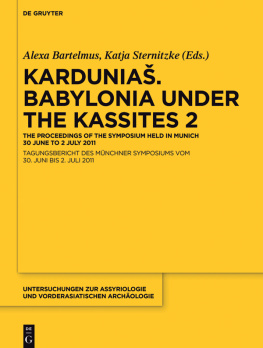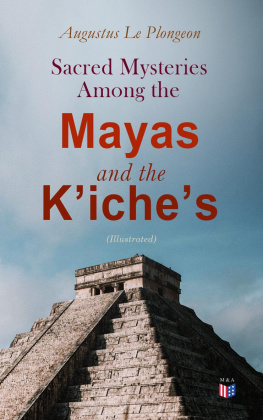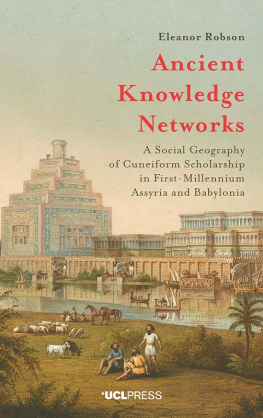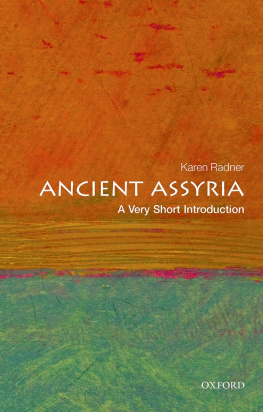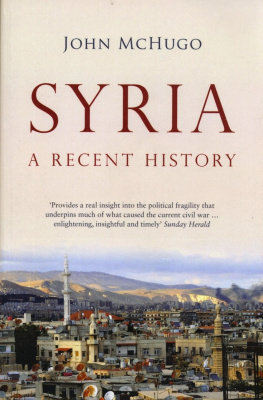Book Spines
HISTORY OF EGYPT
CHALDEA, SYRIA, BABYLONIA, AND ASSYRIA IN THE LIGHT OF RECENT DISCOVERY BY L. W. KING and H. R. HALL
Department of Egyptian and Assyrian Antiquities, British Museum
Containing over 1200 colored plates and illustrations.
Copyright 1906
Frontispiece1
Frontispiece1-text
Titlepage1
Versa1
PUBLISHERS NOTE
It should be noted that many of the monuments and sites of excavations in Egypt, Mesopotamia, Persia, and Kurdistan described in this volume have been visited by the authors in connection with their own work in those countries. The greater number of the photographs here published were taken by the authors themselves. Their thanks are due to M. Ernest Leroux, of Paris, for his kind permission to reproduce a certain number of plates from the works of M. de Morgan, illustrating his recent discoveries in Egypt and Persia, and to Messrs. W. A. Mansell & Co., of London, for kindly allowing them to make use of a number of photographs issued by them.
PREFACE
The present volume contains an account of the most important additions which have been made to our knowledge of the ancient history of Egypt and Western Asia during the few years which have elapsed since the publication of Prof. Masperos Histoire Ancienne des Peuples de lOrient Classique, and includes short descriptions of the excavations from which these results have been obtained. It is in no sense a connected and continuous history of these countries, for that has already been written by Prof. Maspero, but is rather intended as an appendix or addendum to his work, briefly recapitulating and describing the discoveries made since its appearance. On this account we have followed a geographical rather than a chronological system of arrangement, but at the same time the attempt has been made to suggest to the mind of the reader the historical sequence of events.
At no period have excavations been pursued with more energy and activity, both in Egypt and Western Asia, than at the present time, and every seasons work obliges us to modify former theories, and extends our knowledge of periods of history which even ten years ago were unknown to the historian. For instance, a whole chapter has been added to Egyptian history by the discovery of the Neolithic culture of the primitive Egyptians, while the recent excavations at Susa are revealing a hitherto totally unsuspected epoch of proto-Elamite civilization. Further than this, we have discovered the relics of the oldest historical kings of Egypt, and we are now enabled to reconstitute from material as yet unpublished the inter-relations of the early dynasties of Babylon. Important discoveries have also been made with regard to isolated points in the later historical periods. We have therefore attempted to include the most important of these in our survey of recent excavations and their results. We would again remind the reader that Prof. Masperos great work must be consulted for the complete history of the period, the present volume being, not a connected history of Egypt and Western Asia, but a description and discussion of the manner in which recent discovery and research have added to and modified our conceptions of ancient Egyptian and Mesopotamian civilization.
CHAPTER ITHE DISCOVERY OF PREHISTORIC EGYPT
During the last ten years our conception of the beginnings of Egyptian antiquity has profoundly altered. When Prof. Maspero published the first volume of his great Histoire Ancienne des Peuples des lOrient Classique, in 1895, Egyptian history, properly so called, still began with the Pyramid-builders, Sne-feru, Khufu, and Khafra (Cheops and Chephren), and the legendary lists of earlier kings preserved at Abydos and Sakkara were still quoted as the only source of knowledge of the time before the IVth Dynasty. Of a prehistoric Egypt nothing was known, beyond a few flint flakes gathered here and there upon the desert plateaus, which might or might not tell of an age when the ancestors of the Pyramid-builders knew only the stone tools and weapons of the primeval savage.
Now, however, the veil which has hidden the beginnings of Egyptian civilization from us has been lifted, and we see things, more or less, as they actually were, unobscured by the traditions of a later day. Until the last few years nothing of the real beginnings of history in either Egypt or Mesopotamia had been found; legend supplied the only material for the reconstruction of the earliest history of the oldest civilized nations of the globe. Nor was it seriously supposed that any relics of prehistoric Egypt or Mesopotamia ever would be found. The antiquity of the known history of these countries already appeared so great that nobody took into consideration the possibility of our discovering a prehistoric Egypt or Mesopotamia; the idea was too remote from practical work. And further, civilization in these countries had lasted so long that it seemed more than probable that all traces of their prehistoric age had long since been swept away. Yet the possibility, which seemed hardly worth a moments consideration in 1895, is in 1905 an assured reality, at least as far as Egypt is concerned. Prehistoric Babylonia has yet to be discovered. It is true, for example, that at Mukay-yar, the site of ancient Ur of the Chaldees, burials in earthenware coffins, in which the skeletons lie in the doubled-up position characteristic of Neolithic interments, have been found; but there is no doubt whatever that these are burials of a much later date, belonging, quite possibly, to the Parthian period. Nothing that may rightfully be termed prehistoric has yet been found in the Euphrates valley, whereas in Egypt prehistoric antiquities are now almost as well known and as well represented in our museums as are the prehistoric antiquities of Europe and America.
With the exception of a few palasoliths from the surface of the Syrian desert, near the Euphrates valley, not a single implement of the Age of Stone has yet been found in Southern Mesopotamia, whereas Egypt has yielded to us the most perfect examples of the flint-knappers art known, flint tools and weapons more beautiful than the finest that Europe and America can show. The reason is not far to seek. Southern Mesopotamia is an alluvial country, and the ancient cities, which doubtless mark the sites of the oldest settlements in the land, are situated in the alluvial marshy plain between the Tigris and the Euphrates; so that all traces of the Neolithic culture of the country would seem to have disappeared, buried deep beneath city-mounds, clay and marsh. It is the same in the Egyptian Delta, a similar country; and here no traces of the prehistoric culture of Egypt have been found. The attempt to find them was made last year at Buto, which is known to be one of the most antique centres of civilization, and probably was one of the earliest settlements in Egypt, but without success. The infiltration of water had made excavation impossible and had no doubt destroyed everything belonging to the most ancient settlement. It is not going too far to predict that exactly the same thing will be found by any explorer who tries to discover a Neolithic stratum beneath a city-mound of Babylonia. There is little hope that prehistoric Chalda will ever be known to us. But in Egypt the conditions are different. The Delta is like Babylonia, it is true; but in the Upper Nile valley the river flows down with but a thin border of alluvial land on either side, through the rocky and hilly desert, the dry Sahara, where rain falls but once in two or three years. Antiquities buried in this soil in the most remote ages are preserved intact as they were first interred, until the modern investigator comes along to look for them. And it is on the desert margin of the valley that the remains of prehistoric Egypt have been found. That is the reason for their perfect preservation till our own day, and why we know prehistoric Egypt so well.



